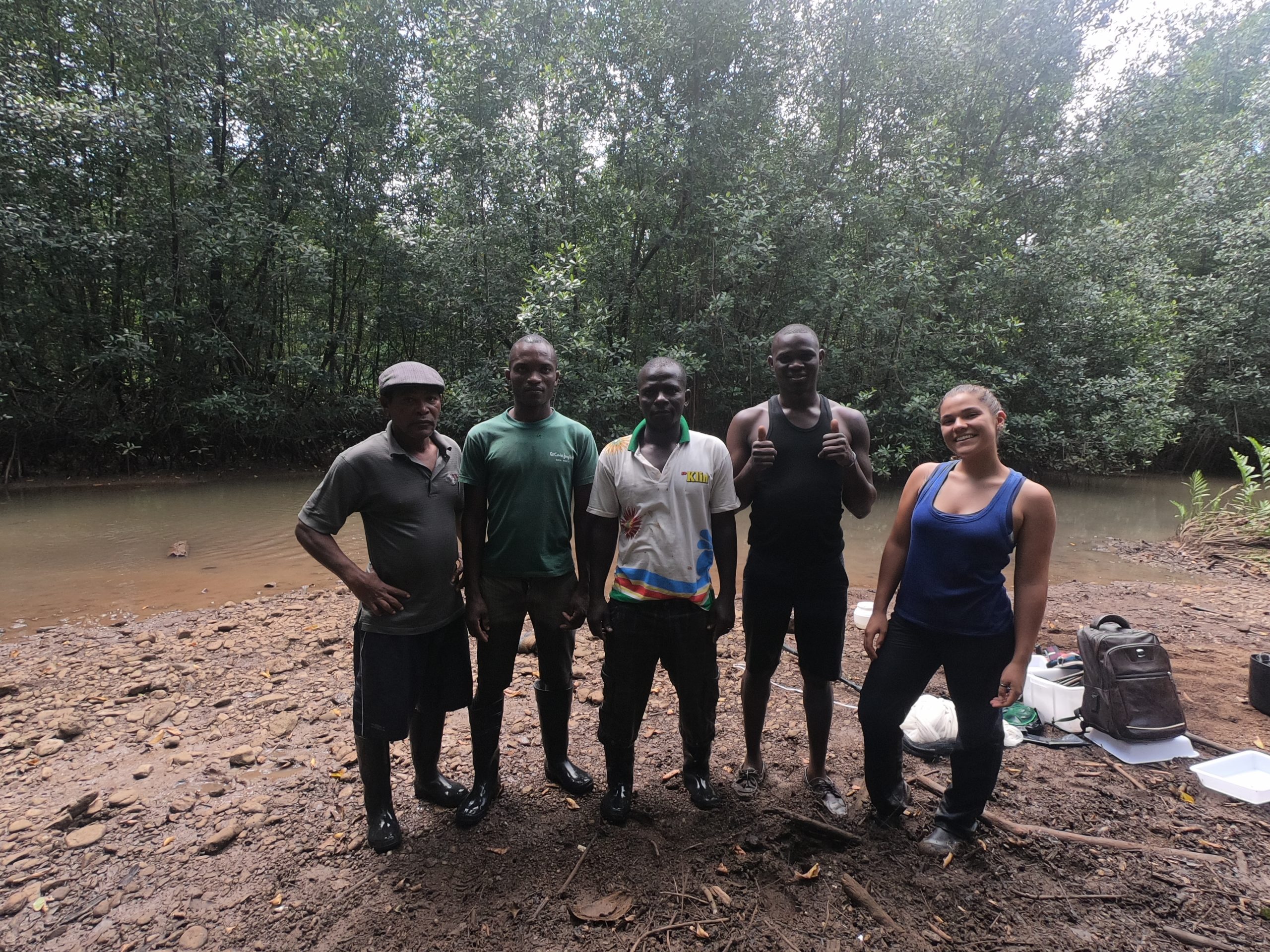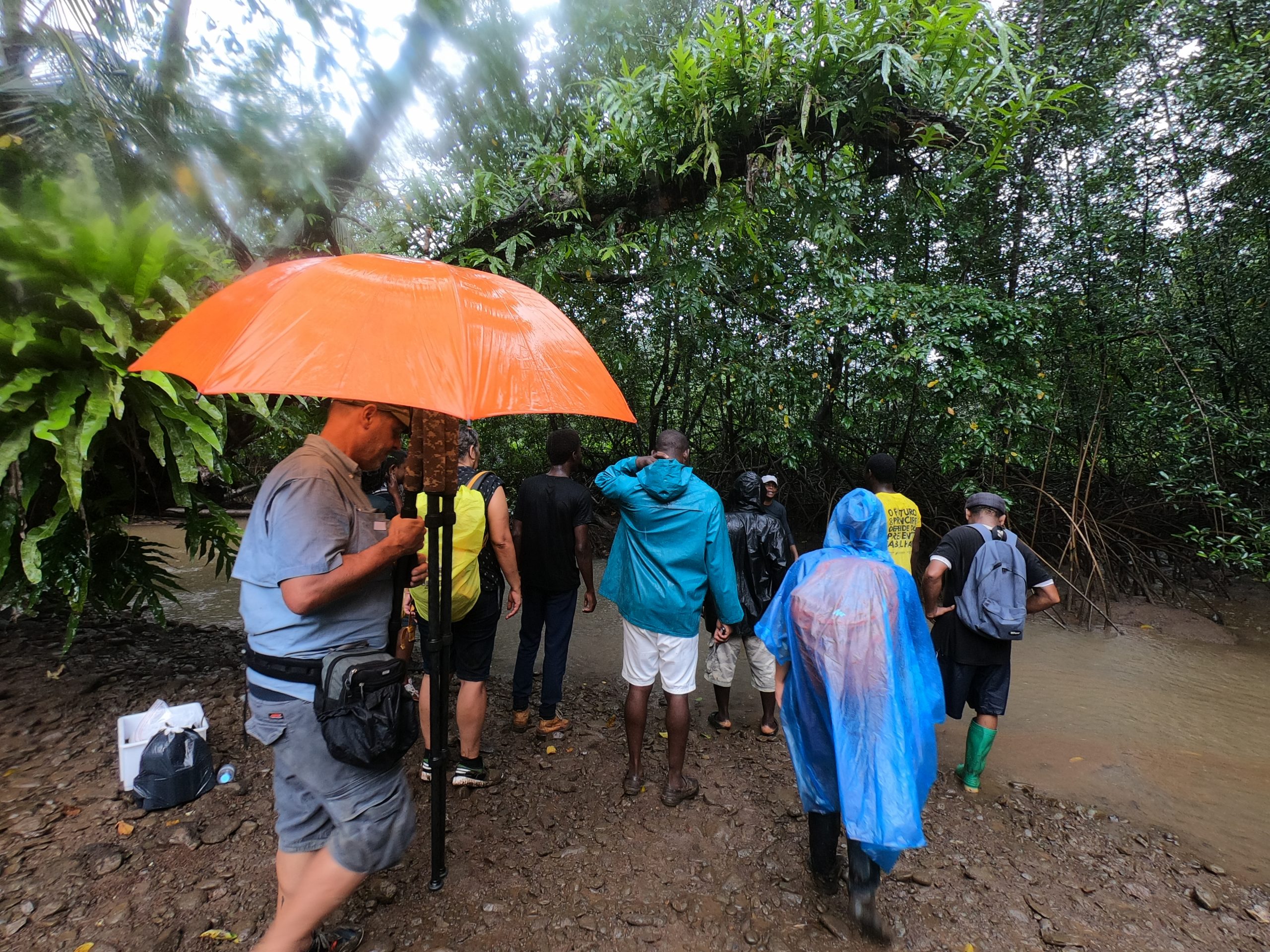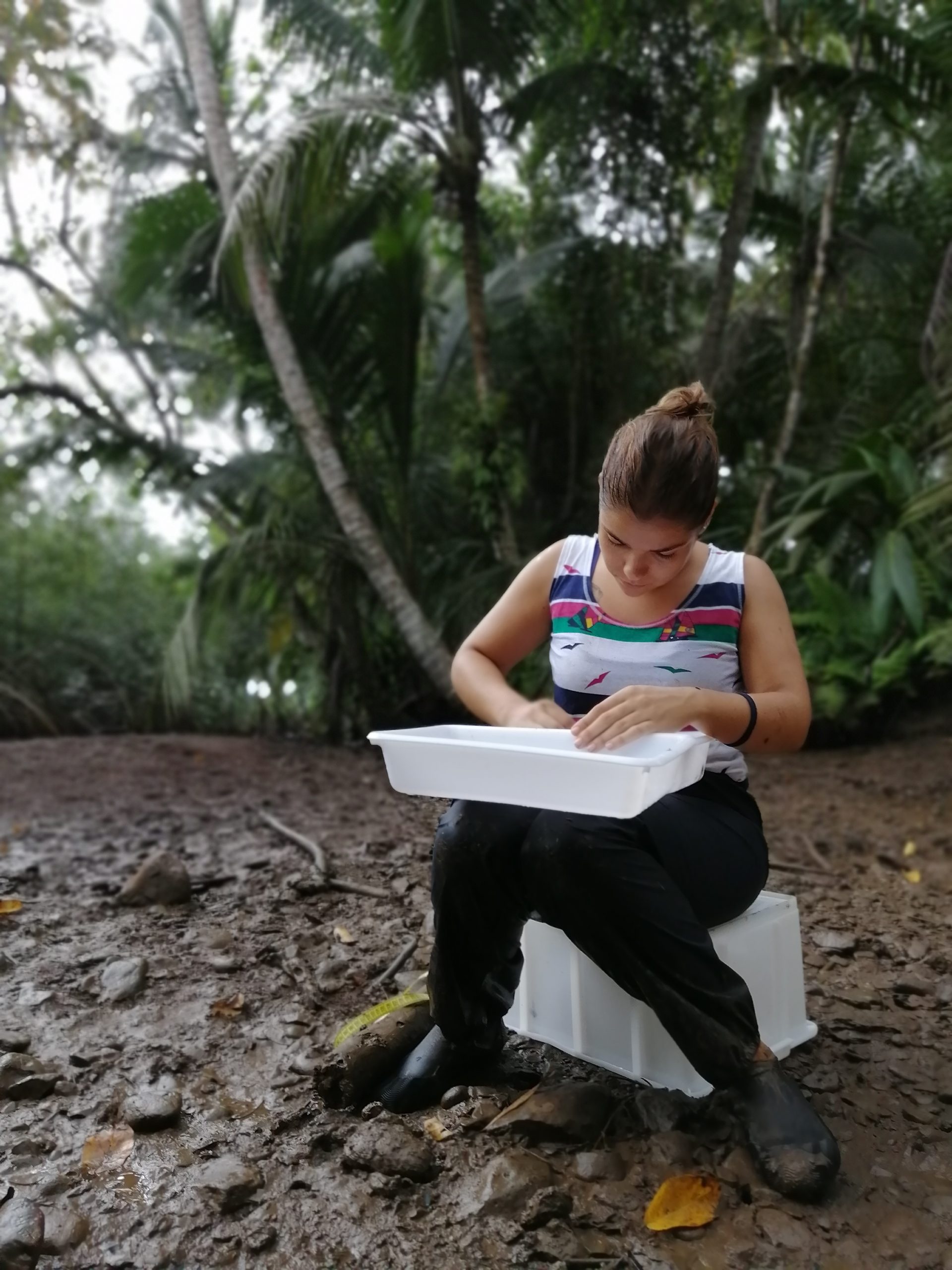Quantifying biodiversity and ecosystem degradation
- Mangrove
The task 1 of the project COBIONET is dedicated to generating basic biodiversity knowledge pertaining to the coastal ecosystems of the locations under study, namely Maputo peri-urban area and the wider Maputo Bay in Mozambique, and peri-urban areas of the Santo António city at the Island of Príncipe in São Tomé & Príncipe. The general framework of the project intends to develop studies in the context of biodiversity and food security, and Task 1 concerns aspects of marine biodiversity, habitat condition and rehabilitation, as well as ecosystem services. All under the strategic aim of generating knowledge that may contribute to sustainable development and poverty alleviation.
Santo António, Príncipe in São Tomé & Príncipe
- Evaluation of structure and biomass of the forest
The methodologies used were the quantification of abundance, biomass, diversity and regeneration of mangroves at the three mangrove forest areas at the Island of Príncipe, namely Praia Salgada, Praia Caixão and Praia Grande. The study also includes an assessment of sediment carbon stock.
- Assessment of the role of the system as a nursery area for fish and crustaceans, and connections between the forest and the adjacent marine area
The methodologies include a nested sampling design in two seasons (wet and dry), two tidal amplitudes (neap and spring) and two tidal conditions (high and low). At a series of collecting stations, fish are collected using a variety of methods, and assessed their abundance and diversity. Temperature, salinity and pH are recorded at each site and sampling.
Praia do Caixão Mangrove
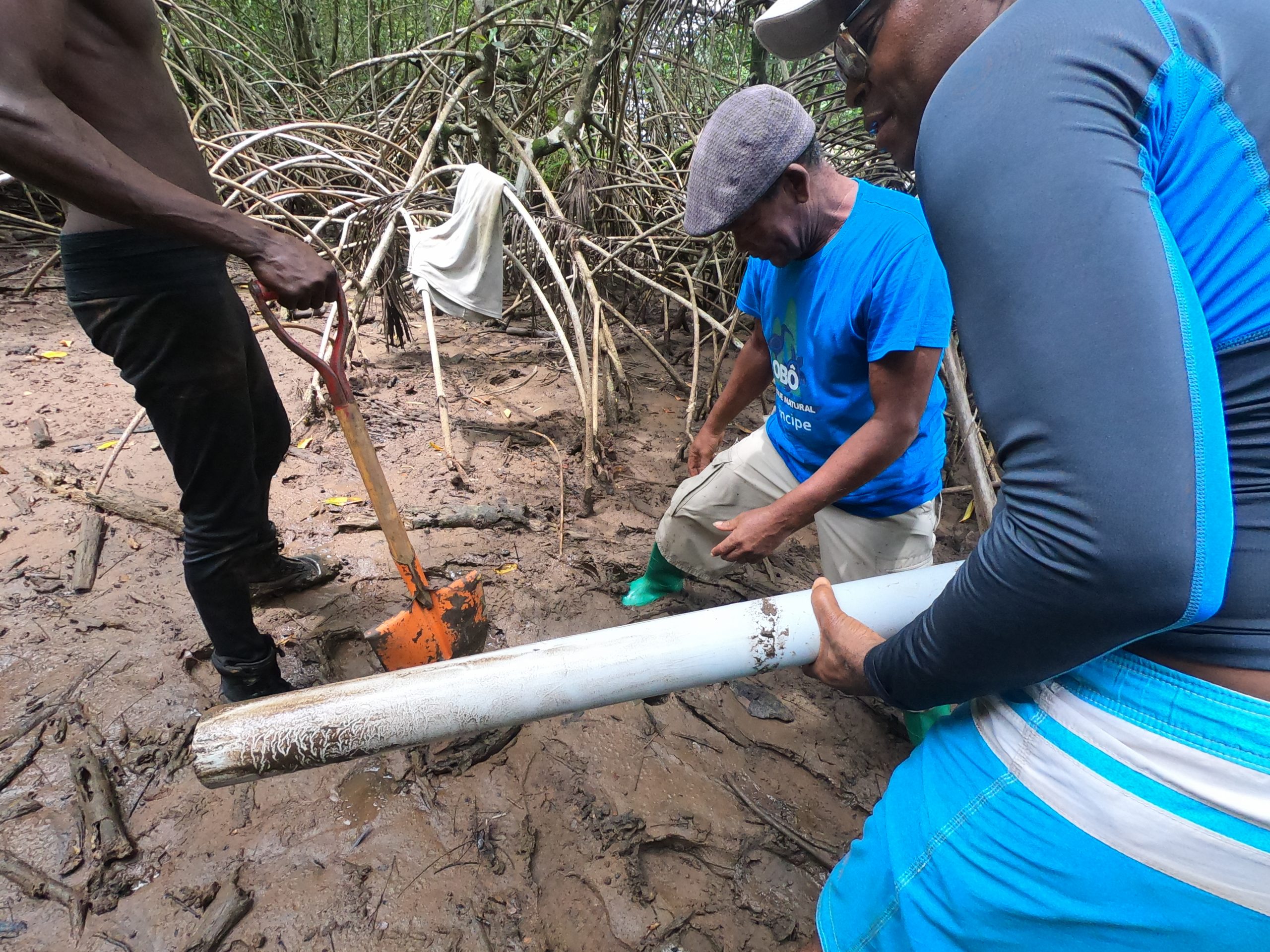

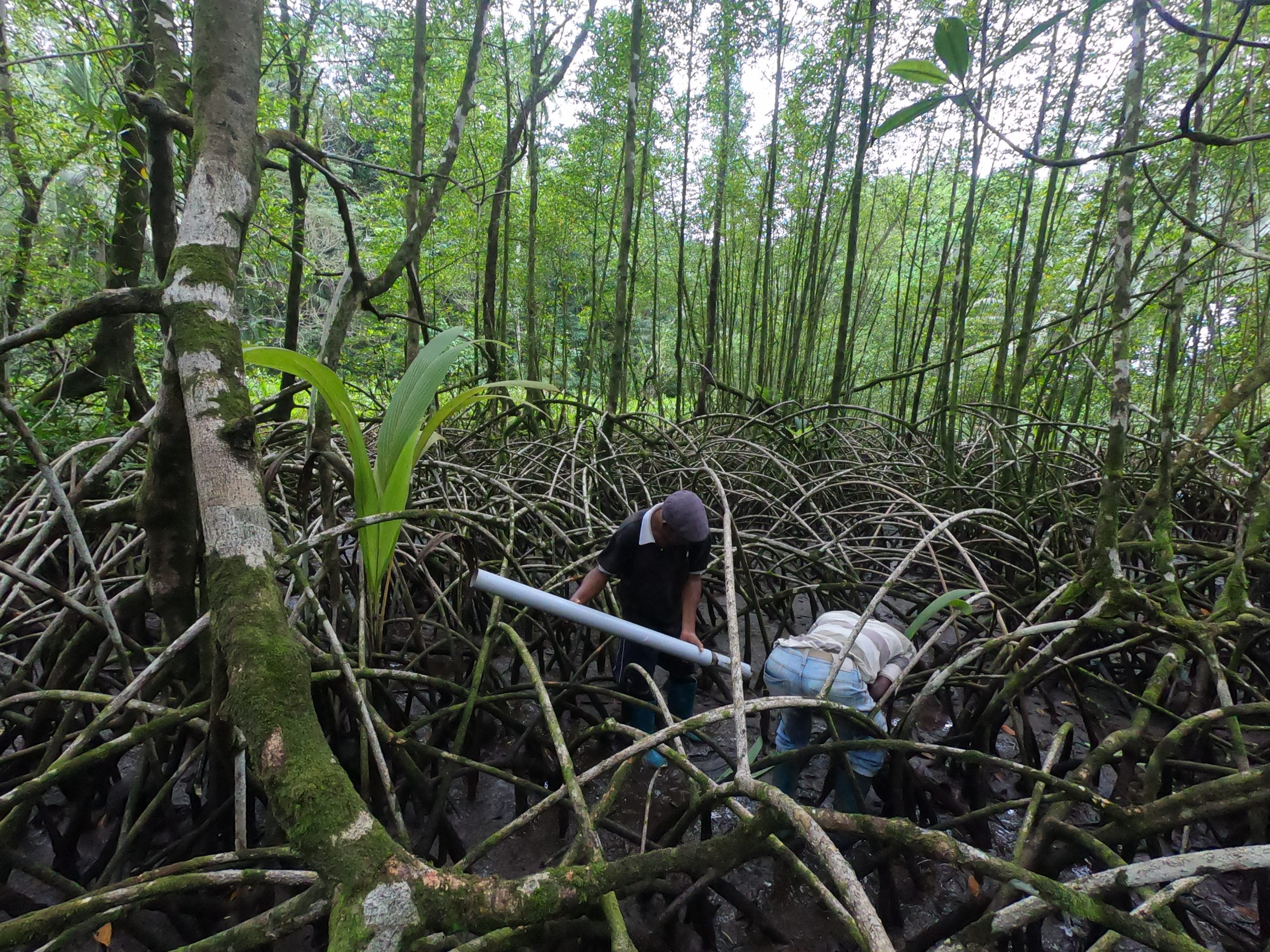
Praia do Caixão Mangrove
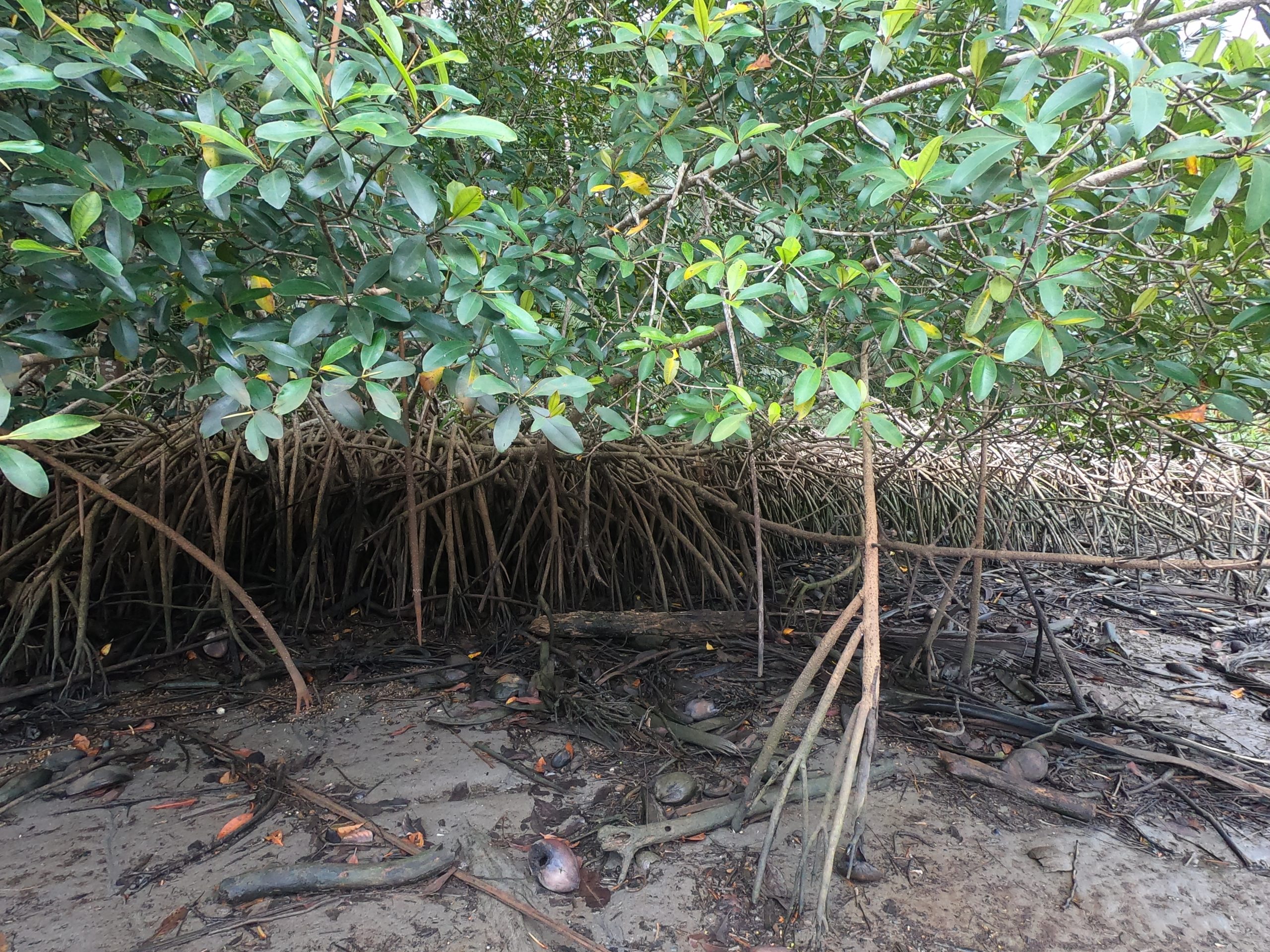
Praia Salgada Mangrove
